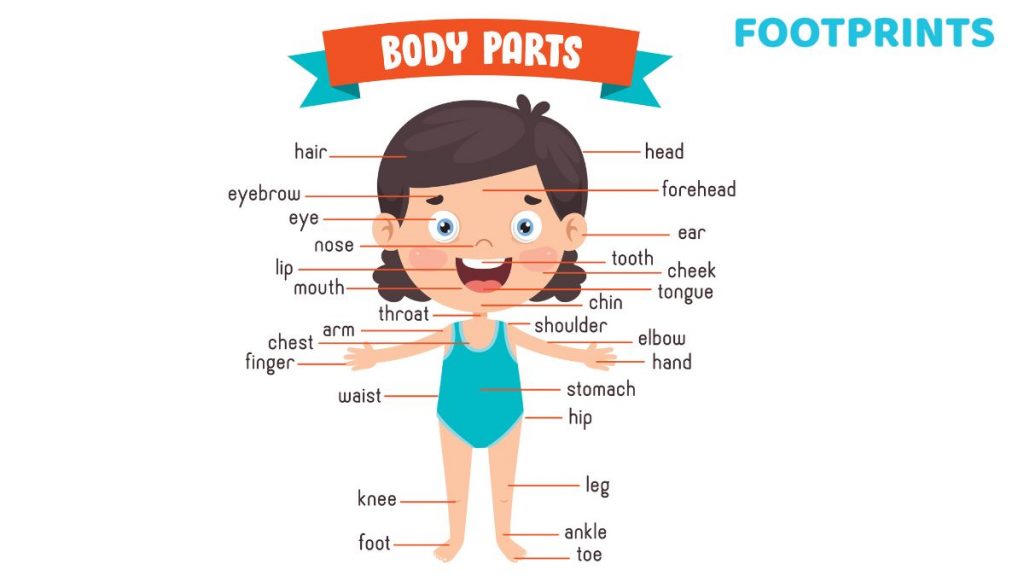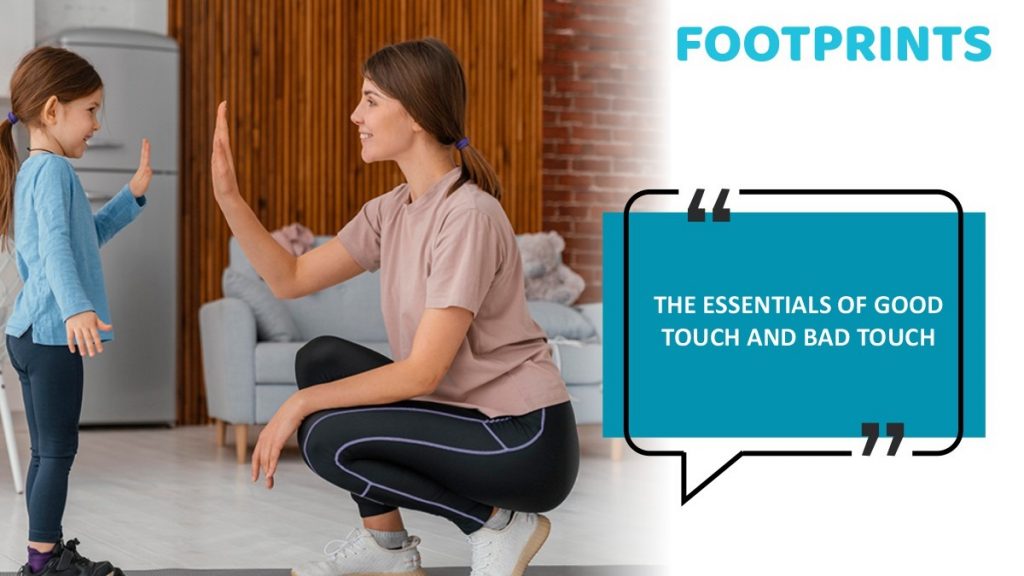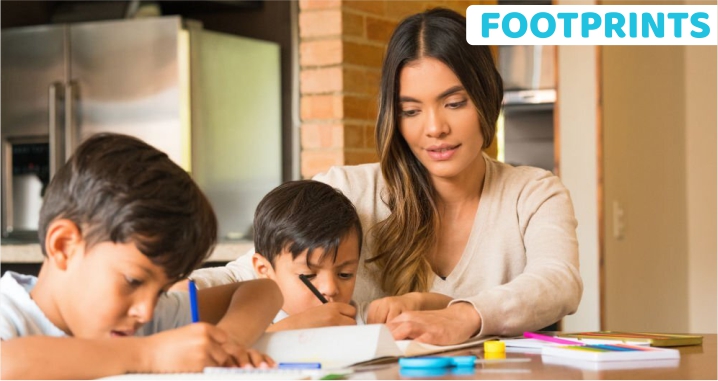
For a parent, there can be nothing quite as heart-wrenching as having to read or hear stories about young children of either sex going through heinous crimes. In the times that we live in, knowledge is power. This applies to keeping our little ones safe as well. It is imperative, therefore, that while we take all the precautions to keep our children safe, we also equip them with the necessary knowledge so that they are able to take the proper measures should they undergo any unwarranted situations. If you need help teaching them about good and bad touch and how they can tell one from the other, read on.
Good Touch
The fundamental thing to teach a child is that a good touch is one that makes one feel safe. Examples of good touch would include a pat on the back, a kiss on the forehead, shaking hands, or being hugged and kissed by people that you love. Examples of this include:
- Mommy gave the child a goodnight kiss.
- Daddy hugs the child when he wakes up in the morning.
- Grandpa and Grandma hug the child when they go visit.
Bad Touch
Bad touch, on the other hand, does not make a person feel good or safe. A touch, therefore is bad if:
- It hurts you.
- Someone touches you on a body part where you don’t want to be touched.
- If a person touches you under your clothing.
- If a person forces you to touch him or her.
- If, after the touch, the person tells you not to tell anyone or threatens to hurt you if you do.
The Swimsuit rule
One crucial aspect that you need to teach young children about bad touch is the swimsuit rule. Simply put, it means teaching your child that body parts covered by a swimming outfit are private parts that nobody should touch or see.
For the child to be able to comprehend the concept of good touch and bad touch fully, the additional things that you need to teach the child include:
Teaching children the correct names of body parts
The child must be equipped with the right vocabulary, including knowing the correct names for all their body parts. If children learn the anatomical names of body parts, they will first see that it is okay to talk about them. Second, in case they are going through sexual abuse of any kind, they know precisely what to tell you.

Let them know that they are in control of their bodies
An essential piece of learning you need to offer the child is that they are in command of their body and control who touches their body and how. To be able to do this, you need to respect their wishes. For instance, if the child does not like to be hugged or kissed by relatives, you need to make sure that you do not insist that it be done.
Additionally, it helps to teach the child the following safety rules:
- It is not okay for someone to touch their private parts in front of you.
- It is not okay for someone to ask you to touch your private parts.
- It is not okay for someone to ask you to remove your clothes unless it is a doctor helping to see if you are hurt.
- It is not okay for someone to show you pictures of people with their clothes off.
What do you do when someone touches you the wrong way?
Besides teaching the child what good and bad touches are, it is also imperative that you give the child adequate information on what to do if they encounter a terrible touch. Some of the things that you need to teach the child, include:
- Saying a loud no when the child encounters an uncomfortable touch.
- Run away from the person.
- Call for help.
- Let someone they trust know about what happened.
- Do not be scared into keeping quiet or keeping a secret.
To Sum Up
It is important to teach the child that a Safe touch helps you feel cared for and loved, while an unsafe touch hurts your body or feelings. Importantly, you also need to ensure that you continue to have this conversation with the child in an age-appropriate manner. By doing so, you will ensure that children are self-aware. They will also learn to trust their instincts. Overall, with this education, you will help them with issues of body autonomy. That you will teach them the lesson of personal boundaries early will go a long way in ensuring their overall well-being. It is also essential for parents to know that while we often talk to our children about stranger danger, a high percentage of sexual abuse cases are committed by someone known to the child. Therefore, you must avoid situations where the child is alone with an adult in a private setting. Precautions such as these, besides imbuing the child with the right knowledge in an age-appropriate manner, can go a long way in keeping our children safe. Pro tip- If you notice any behavioral change in the child, do talk to them calmly to see what the matter could be. If the child does tell you something, it is very important that you believe the child as opposed to invalidating their experience.
At Footprints, a chain of play schools that have emerged as a preferred parenting partner, we are committed to students’ safety and holistic development.
Here’s to keeping our children safe and empowered!

Amita is an experienced educator with over 30 years of experience. She has an outstanding understanding of child development, having worked with various age groups for prestigious businesses. She has been dedicated to handling Footprints’s Curriculum and Delivery department for the past decade. Amita’s credentials include being one of India’s few HighScope Curriculum certified trainers and volunteering as a course leader for Landmark Education, the world’s largest training firm.



